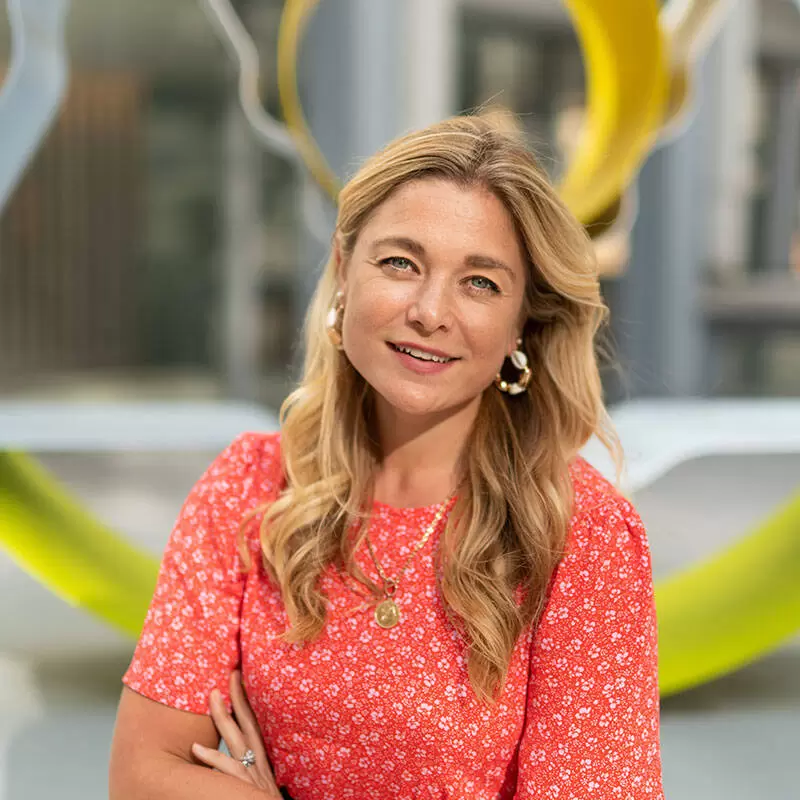ART Book Club – Book 12 – The Shining Light of the Bright Stars
This month we're presenting you with a book that delves into the lives of artists that have gone away from us much too soon. Titled 'Bright Star' with the subtitled 'Great Artists Who Died Too Young ', the pages of this book present us with the diversity of stories of creative minds which radiate brightly and boldly but which stop shining unexpectedly too early! Deep dive into a book that could sound dark but will leave you with a glimpse of a light that wouldn't be yours otherwise!


Bright Starts: Great Artists Who Died Too Young is an examination of the inspirational stories and extraordinary talent of the artists that have left us before reaching 40. Although their bodily incarnations have departed, author Kate Bryan shows us that their artistic legacies live on and shine as ever brightly as before. Names we already know, such as Vincent Van Gogh, Raphael and Vermeer, paint the pages of this book, but so do the lives of others, lesser-known artists. Artists like Amrita Sher-Gil, Charlotte Salomon, and Pauline Boty are given the much-awaited celebration thanks to our author, who provides us with an intimate look into their lives, their art, and their craft. The reasons why these artists were not given their worthy acclaim, either during their lives or after, are also confronted and dissected by Bryan, who weighs the gender as well as racial injustices the artists faced.
Bryan shows us that many artists’ lives have been mythologised, especially those whose fame came posthumously. We’re talking about artists like Jean Michel Basquiat and Vincent Van Gogh, whose early deaths have been put to the forefront of their semi-god-like status (anybody remembers seeing Jean-Michel Basquiat: King Pleasure and remembers the gift shop or the fact that from Jay-Z to Uniqlo – every body wants a piece of him?). But have you ever wondered why that was? Why does fame only comes ‘after’ death for some of them? The role of the artist in society changes, as Bryan says, from an unknown craftsman in medieval times to individualised genius in the Renaissance, to an academic master in the eighteenth century. These changes are not haphazard, and this book answers our questions by delving into the diverse lives of artists and their experiences in a raw and critical way.
It’s almost like a metaphor: short but brilliant summaries to short but brilliant lives. In few pages on each artists, Bryan successfully manages to encapsulate the spirit, story and originality of the artists presented. It’s almost like a metaphor: short but brilliant summaries, to short but brilliant lives. Bryan makes sure to present the artists’ lives as authentically as possible, providing us with a celebratory journey rather than a morbid one.
One surprising aspect of the book is that artists aren’t presented in a chronological division but by uniting themes. Bright Stars is divided into 5 themes: the first deals with the external fetishization of some artists’ bright but fast-ending lives, while the second deals with the artists who have been defined by and through their deaths.
Keith Haring give the tone to our reading journey right at the beginning with a quote: “It is important to do as much as possible as quickly as possible. WORK IS ALL I HAVE, AND ART IS MORE IMPORTANT THAN LIFE.”
The next three themes bring us the pioneers or visionaries of art, the artists who have had a life full of struggle, and artists whose stories are unfinished. In these sections, we can find artists like Gordon Matta-Clarke and Paula Modersohn-Becker, who created art well before their time. We also have stories about the lives of artists, presented in an authentic manner to reflect not only the experienced hardships but also the vessel of refuge art has provided them throughout their life. An important lesson I learned above is that art saves – in more than one way.
The last section, titled ‘unfinished stories’, presents us with the stories of artists outside the margins of recognition, of artistic legacy. Women like Joanna Boyce Wells, Khadija Saye and Helen Chadwick did not get the posthumous acclaim they deserve. These artists are still securing a permanent legacy, even after their passing. This is greatly due to the service of people like our author, who give voice to their stories and art, strengthening a continuation of their remembrance.
I am grateful to have find this book in the shop of the Dulwich Picture Gallery, on a grey day in London this past spring. I hope that it will sparkes some questioning on your own living, no matter if you are an artist or not. It would be hard to stand in the limelight and not feel touched by it. I, evlyne, was profoundly happy to see the light of Khadija Saye being given a little bit more time to shine. I remember discovering her work and then the Greenfield disastrous nightmare. I was living in London then, and I also remember the poster-like printed images pasted on construction barricades. I loved that I also discovered some new artists I will now miss dearly. Yes, many more could have been had, and who knows, Bryan might write a second volume in the future. Many artists deserved a second burst of light!
We asked one of our book club member to provide the review this time, Roxanne Sbitti says:
It is not seamlessly that one reaches the end of this book. It is not a smooth read like a novel, but a journey, through every five pages, that brings us to each individual artist’s life, art, and struggle. A breath, a walk, and certainly reflection is needed before moving on to the next artist, as was my experience. An experience that I have learned so much from.
Bright Stars fills the reader with both a great sadness for the great artists we’ve lost but also a great deal of inspiration. The author sparks our curiosities, and satisfies them at the same time by gracing the book with a unique perspective which is based on justice for the lives of artists – those we know of and those we don’t. A must-read for anyone interested in knowing about this world’s Bright stars.
Who are The Stars: Keith Haring, Jean-Michel Basquiat, Caravaggio, Dash Snow, Vincent van Gogh, Amedeo Modigliani, Francesca Woodman, Ana Mendieta, Félix González-Torres, Raphael, Yves Klein, Gordon Matta-Clark, Robert Mapplethorpe, Egon Schiele, Paula Modersohn-Becker, Amrita Sher-Gil, Johannes Vermeer, Robert Smithson, Henri de Toulouse-Lautrec, Aubrey Beardsley, Noah Davis, Eva Hesse, Charlotte Salomon, Umberto Boccioni, Gerda Taro, Joanna Mary Boyce, Pauline Boty, Helen Chadwick, Khadija Saye, Bartholomew Beal.
Some are well-known names, and some might be unknown to you, but at some point, they touched someone with their art. Discovering why their legacy isn’t known to you is also part of the joy (and then the sadness) of discovering them.
Also, if you haven’t read the book (YET!), we invite you to reflect on these questions:
- Do you wonder why some artists are known to us today while others aren’t?
- What were the specific challenges that these artists faced throughout their lifetime? Was it personal, external or a mixture of both?
- How artists live their lives, knowing, as well as not knowing, how much time they have?
As usual, it is our pleasure to give away 5 copies of Bright Stars. Don’t miss your chance to win a FREE (amazing and fun to read) book!
Please comment on our giveaway post on Instagram to enter it! You will get additional chances to win your copy by telling us why you want to win this book and tagging other people who might be interested in it! Let’s start a conversation!
And if you have a suggestion for us regarding the book club or even a book to suggest – email el@nic.art.
More about the author

Kate Bryan is a British art historian, curator and arts broadcaster who joined the Soho House group in 2016 as head of collections. She’s a contemporary-art expert and British television presenter who once lived in Hong Kong. She is also an arts mentor, working with young women in the arts to see them reach their potential. In 2019 she published her first book, The Art of Love which profiles 34 artist couple throughout art history. Bright Stars is her second book.





